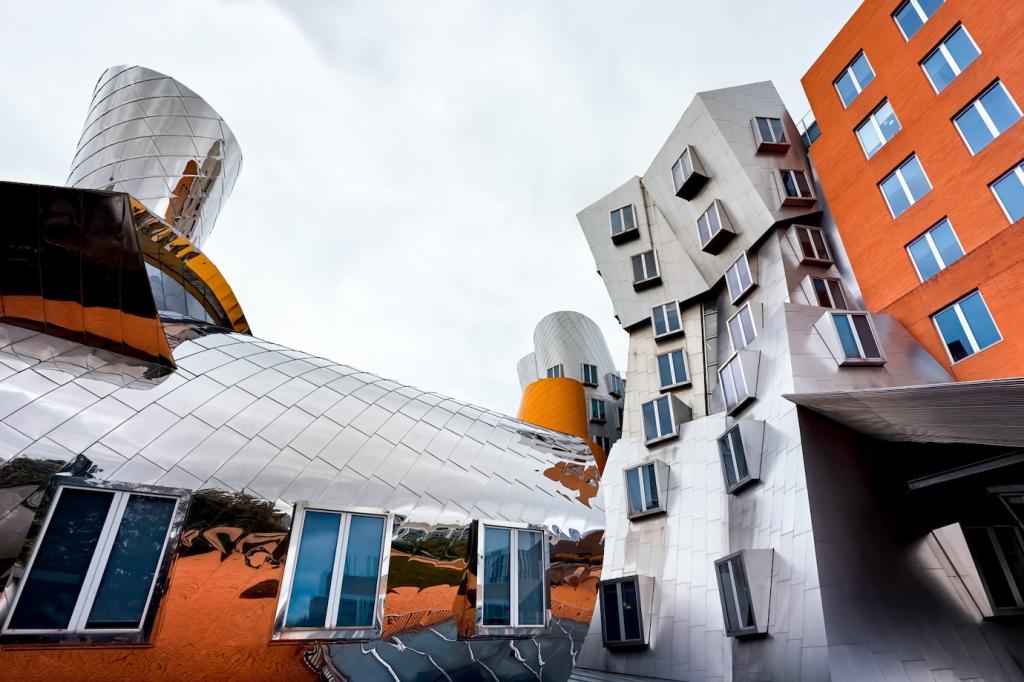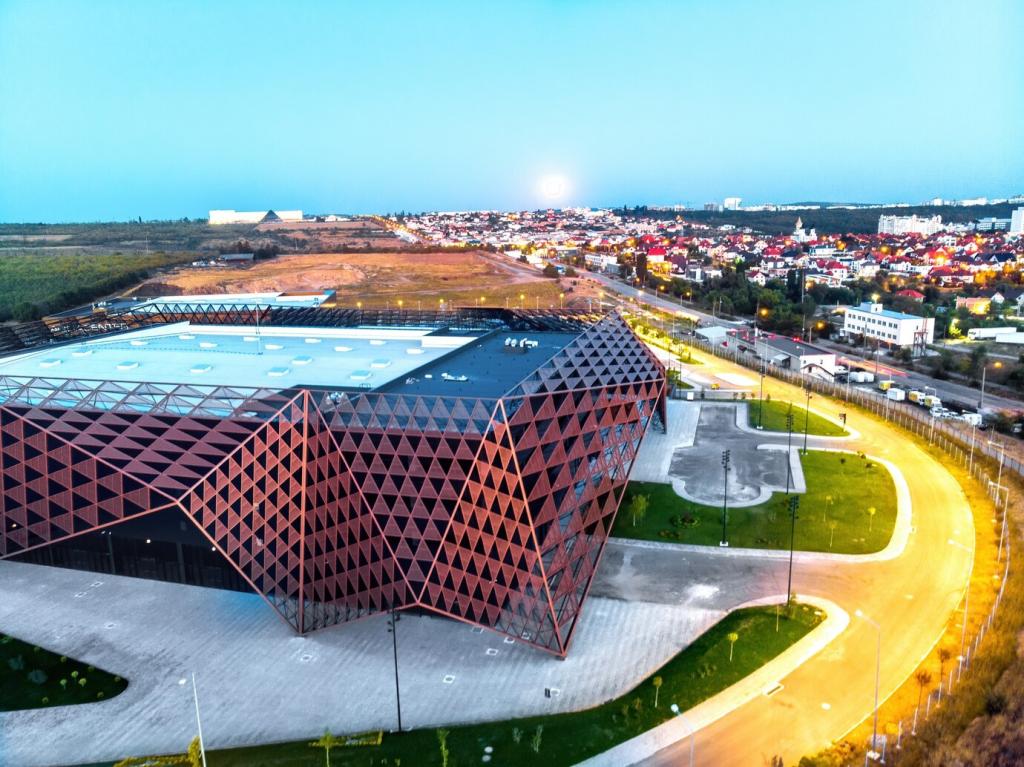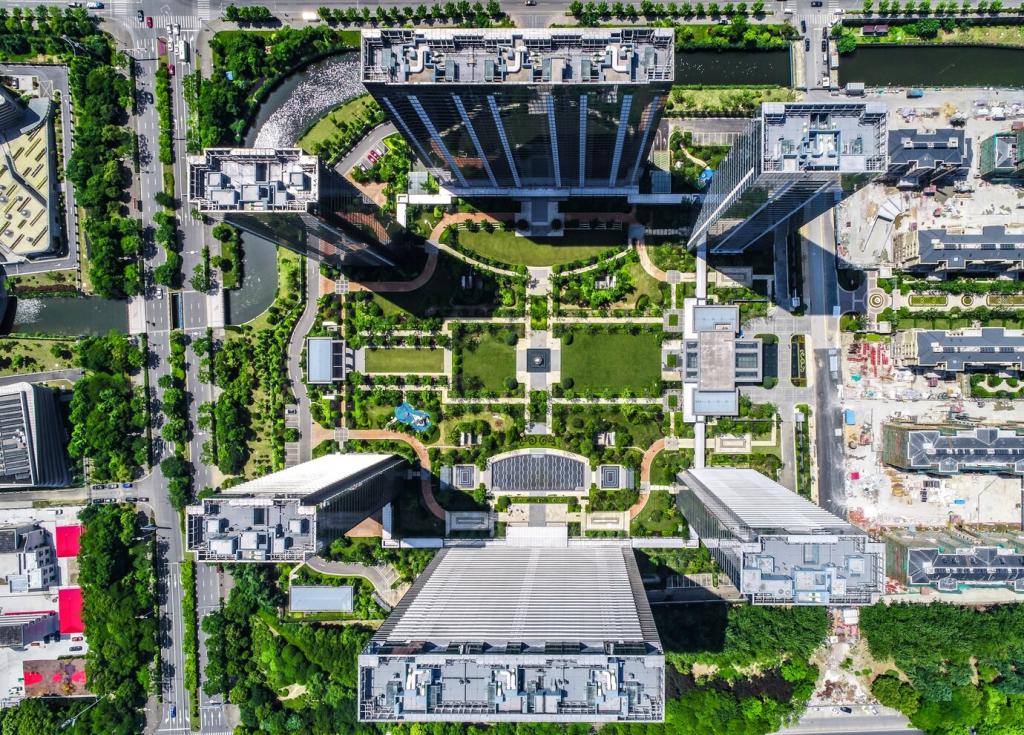
Innovative Materials in Sustainable Urban Architecture
Sustainable urban architecture is rapidly transforming the built environment, driven by the urgent need to address environmental challenges and promote healthier, more resilient cities. Innovative materials sit at the forefront of this evolution, offering architects and developers new possibilities for energy efficiency, resource conservation, and adaptive design. By integrating advanced materials, urban projects can significantly reduce their ecological footprint, foster occupant well-being, and inspire the future of city living. This page explores the most groundbreaking materials redefining urban spaces, delves into their benefits, and highlights the role of technology and design synergy in creating cities that are not just sustainable, but also vibrant and enduring.



High-Performance Concrete and Its Variants
Self-Healing Concrete
Geopolymer Concrete
Lightweight Aggregate Concrete


Biobased Polymers and Composites

Green Roof Substrate Innovations

Living Wall Panel Systems

